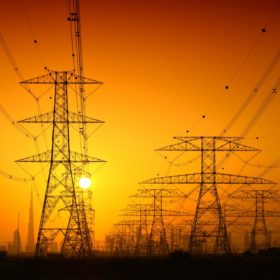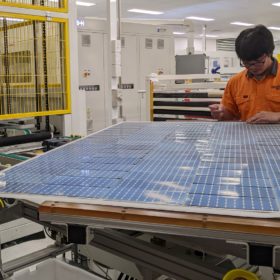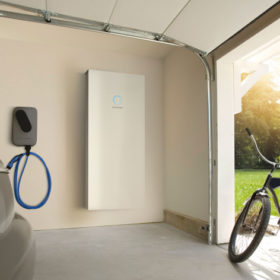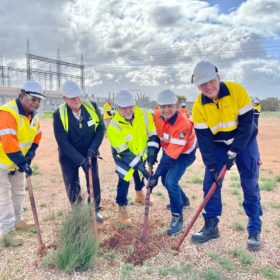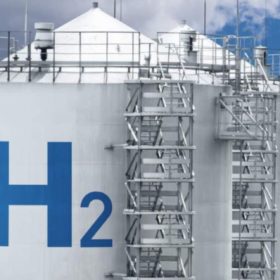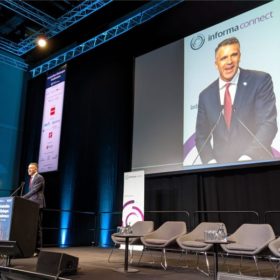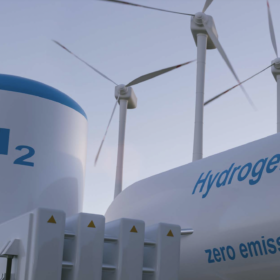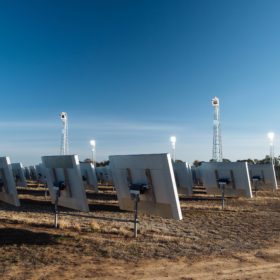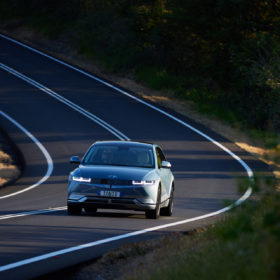BREAKING: AEMO suspends spot market in all eastern states
The Australian Energy Market Operator (AEMO) this afternoon suspended the electricity wholesale spot market in all five of the participating National Electricity Market states, saying it has become “impossible” to operate.
Tindo Solar offers working-capital solution for installers
Solar installers and resellers can now access up to $250,000 on interest-free terms to increase their stocks of Australian-made solar panels after PV module manufacturer Tindo Solar teamed with business financer Moula Pay.
Wine not? Treasury Wine Estates set to install 9,500 solar panels
Penfolds owner Treasure Wine Estates will install more than 9,500 solar panels across its Barossa and Karadoc wineries as the company seeks to become 100% renewable by 2024. To achieve that goal the company says it is preparing to install 29,000 solar panels across its vineyards worldwide, while also purchasing offsite renewables.
SA scraps renewables schemes despite declaring ‘climate emergency’
Just days after declaring a climate emergency, the South Australian government has axed a renewable energy policy that was designed to help more homeowners access residential battery energy storage systems.
Transgrid announces milestone for $2.3bn interstate transmission project
New South Wales transmission network owner Transgrid has commenced construction on its section of the $2.3 billion Project EnergyConnect, the high-voltage electricity transmission interconnector that will link power grids across three states, unlocking gigawatts of planned renewable energy projects.
Hydrogen industry calls on government for ‘transition deadlines’
The Australian Hydrogen Council is calling on the newly elected Federal Government to provide policy certainty, new investment and “targeted transition deadlines” to help create a market for green hydrogen and allow Australia’s emerging industry to thrive.
SA launches market sounding for major Whyalla project, plans hydrogen regulation framework
The newly elected South Australian premier Peter Malinauskas has today launched the market sounding for its hydrogen production facility near Whyalla, as well as the introduction of legislation to regulate hydrogen production, storage and transportation.
Green hydrogen megaproject in SA discontinued
Kallis Energy Investments has confirmed it will shelve its proposal to build a 6 GW renewable hydrogen project in Moolawatana, South Australia, due to water supply issues.
Vast Solar pushes ahead with ‘world-class’ solar thermal project
Australian solar thermal specialist Vast Solar has announced plans to build a 20MW concentrated solar thermal power plant with more than eight hours of energy storage near Port Augusta in South Australia after securing financial backing from the federal government.
Greens make $6.1 billion electric vehicle pitch ahead of election
The Greens have announced a $6.1 billion plan to boost the uptake of electric vehicles and reestablish auto manufacturing in its previous hub, South Australia.
